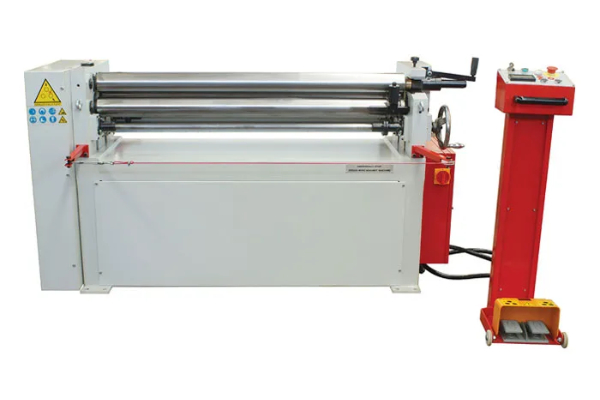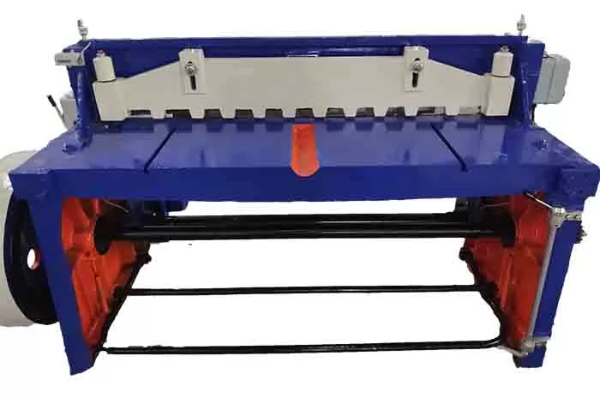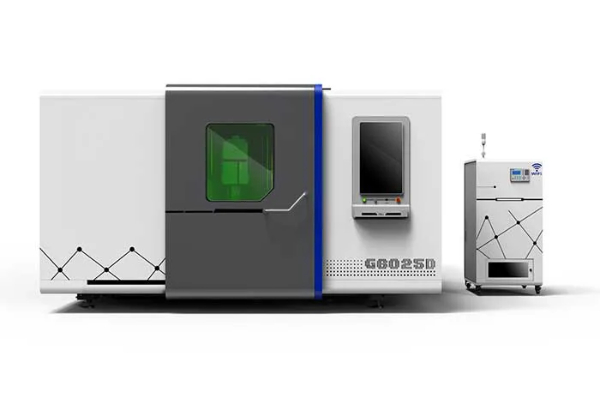
Precision Performance- Achieving Accuracy with Press Brakes
- By:Metmac
- 2024-05-14
- 115
Metal fabrication relies heavily on the precise bending of sheet metal, and press brakes play a pivotal role in achieving this precision. Press brakes employ immense force to bend metal, but accuracy is paramount to ensure the structural integrity and functionality of the finished product. Precision performance with press brakes involves a meticulous interplay of machine capabilities, material properties, and operator technique. This article explores the key aspects of precision performance in press brake operations, providing insights into achieving accurate and consistent bending results.
Machine Calibration and Maintenance
The accuracy of a press brake hinges on its proper calibration and regular maintenance. Proper calibration ensures that the machine’s ram and bed align precisely, preventing any misalignment that could lead to bending errors. Regular maintenance involves lubrication, checking wear patterns, and replacing worn components to maintain the machine’s optimal performance.
Tool Selection and Setup
Selecting the appropriate tooling is crucial for achieving accuracy. Die sets designed for specific materials and thicknesses ensure optimal bending performance. Proper tool setup involves aligning the dies accurately and securing them firmly to the machine. This setup minimizes deflection and slipping during bending, resulting in precise bends.
Material Properties and Preparation
The properties of the material being bent significantly impact the accuracy of the bend. Factors such as material thickness, yield strength, and grain orientation can affect the bending process. Understanding these properties and adjusting the machine settings accordingly is essential for accurate results. Proper material preparation, including cleaning and deburring, ensures that the material is free from any imperfections that could hinder bending accuracy.
Operator Technique
Operator technique plays a vital role in achieving precision performance with press brakes. Experienced operators can anticipate material behavior and make adjustments on the fly to compensate for any inconsistencies. Proper setup and alignment of the material on the press brake table, along with careful monitoring of the bending process, are crucial for ensuring accuracy.
Process Control and Monitoring
Advanced press brakes often incorporate process control systems that monitor and adjust bending parameters in real-time. These systems use sensors to measure the material thickness and angle of bend, providing feedback to the machine to ensure accuracy. Monitoring systems also provide data logging capabilities, allowing for quality control and process optimization.
Conclusion
Precision performance with press brakes is a multi-faceted endeavor that encompasses machine calibration, tool selection, material preparation, operator technique, and process control. By paying meticulous attention to these aspects, fabricators can achieve accurate and consistent bending results, ensuring the structural integrity and functionality of their products. Continuous improvement initiatives, such as operator training and process optimization, further enhance precision performance, leading to increased productivity and quality in metal fabrication operations.
-
The Advantages of Using a Sheet Roll Forming Machine in Manufacturing
2024/09/14 -
How to Optimize Your Laser Sheet Cutting Machine for Maximum Performance
2024/09/12 -
How to Maximize Efficiency with Modern Sheet Metal Working Machines
2024/09/04 -
The Environmental Benefits of Using Duct Board Grooving Machines
2024/09/03
-
A Guide to the Latest Innovations in Sheet Metal Folding Machines
2024/11/29 -
Key Features to Consider When Investing in a Sheet Metal Folding Machine
2024/11/28 -
Enhancing Precision with Advanced Sheet Metal Folding Machines
2024/11/27 -
How to Choose the Right Sheet Metal Folding Machine for Your Workshop
2024/11/26



